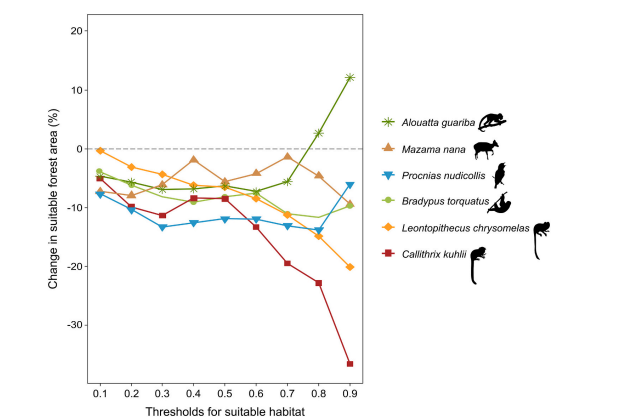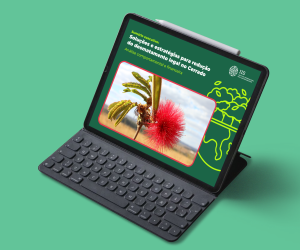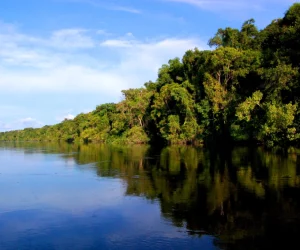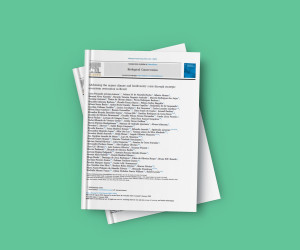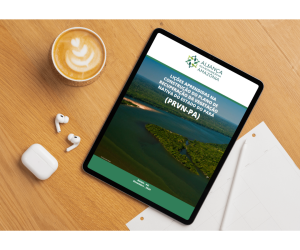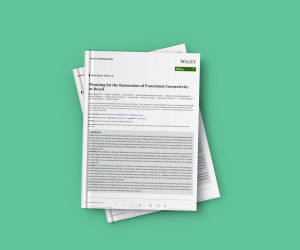Publications > Article
How 30 years of land-use changes have affected habitat suitability and connectivity for Atlantic Forest species
Land-use changes have severely degraded natural landscapes around the world, constituting the primary driver of biodiversity loss. In recent decades, agriculture expansion and the lack of effective conservation policies have mainly eroded tropical forests. Here, we built multi-scale habitat suitability models to investigate how land-use changes in the Brazilian Atlantic Forest over the last 30 years (1989–2019) have impacted habitat suitability and connectivity for six globally threatened or near-threatened species. We also assessed how the cover of highly suitable forests by protected areas has changed over the study period. We found an average reduction of 10% of suitable forests for the target species. Our models estimated a loss of up to 37% of highly suitable forests, with more range-restricted species experiencing the greatest declines. Today, forests still cover most highly suitable areas found in 1989, however they show reduced suitability due to landscape degradation. Pasture, agriculture, and forest plantations were the main land uses that replaced highly suitable forests. The land-use changes also deteriorated the connectivity network for most species. Although the total area protected more than doubled in the Atlantic Forest, we showed that the highly suitable forests under some level of protection covers only 0.6–2.5% of species extent of occurrence. Our study demonstrates how unplanned land-use changes can erode forest quantity, quality, and connectivity for threatened species, challenging their long-term persistence. Our findings reveal the need to expand and improve the protected area network of the Atlantic Forest and highlight the critical role of land-use planning for protecting biodiversity.
